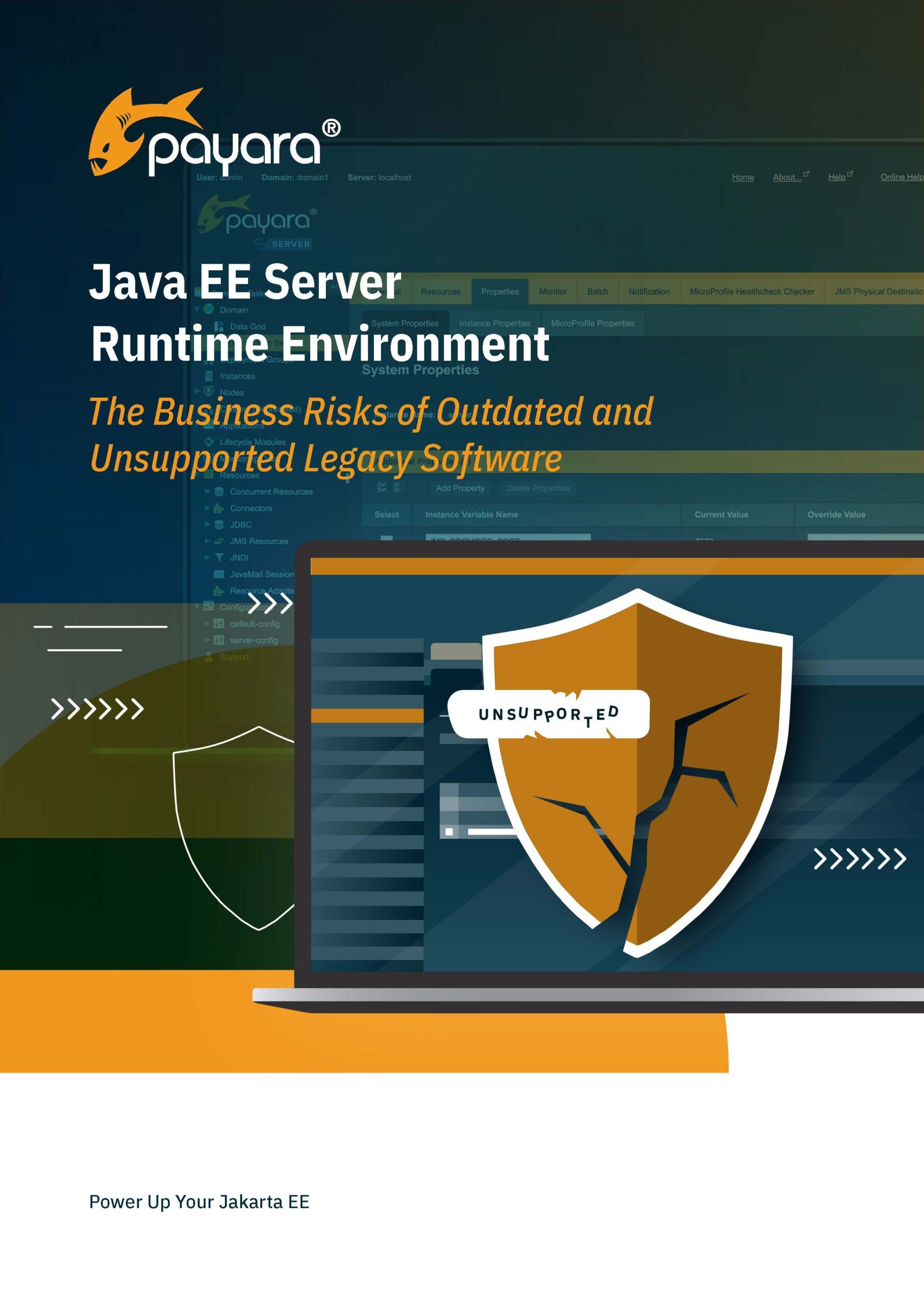 3 minutes
3 minutes
End-of-Life Technology: How to Drive Innovation Without Compromising Stability
When legacy systems approach end-of-life (EOL), enterprise IT teams typically face the choice of moving forward at all costs […]

In an increasingly interconnected and digital world, it is no surprise that there has been a steady rise in the number and cost of security breaches over the last few years. To maximize the robustness and resilience of your applications and prevent any vulnerability from being exploited, it’s important for companies to keep everything around their software up to date.
When it comes to application servers, it means using a modern, fully supported solution or upgrading to one quickly. With Java EE-based server runtime environments being outdated legacy software and lacking support, it is essential to migrate applications relying on these to favor an alternative, such as Jakarta EE, to safeguard your applications and data.
Upgrading to a modern, supported server environment mitigates the risk of hackers gaining access to user credentials and sensitive data, which could lead to data breaches, financial losses and reputational damage. To learn more about the potential risks and their impact, download our latest whitepaper ‘Java EE Server Runtime Environment: The Business Risks of Outdated and Unsupported Legacy Software‘.

Contemporary standards like Jakarta EE, which succeeded Java EE, offer a valuable solution to enhance the security of your applications while offering a simplified and cost-effective transition. In effect, as Jakarta EE stems from Java EE, it can bridge your existing application and infrastructure to more robust, modern technologies, such as the cloud and microservices with minimal changes required.
As you embrace Jakarta EE, it is advisable to partner with a reliable vendor, such as Payara, that offers comprehensive and robust service level agreements (SLAs). In addition to round-the-clock support, companies should be looking for a provider that delivers regular updates, security patches and bug fixes to help you maintain your application secure.
If you are interested in transitioning from Java EE to Jakarta EE, here’s the key steps you want to plan:
Remember that you are not alone! Our experts at Payara are committed to supporting migration projects to make sure you can benefit from your updated application quickly and effectively. Get in touch with us to start your Jakarta EE journey.
{{cta(‘1edeca72-b437-4cce-9d4c-26465137ba6e’)}}
Share:
 3 minutes
3 minutes
When legacy systems approach end-of-life (EOL), enterprise IT teams typically face the choice of moving forward at all costs […]
 5 minutes
5 minutes
November has been one of the busiest months of the year for the Java and Jakarta EE ecosystem. With […]
 3 minutes
3 minutes
Working with enterprise Java databases can sometimes feel like swimming upstream. Jakarta EE 11’s Jakarta Data helps developers glide […]